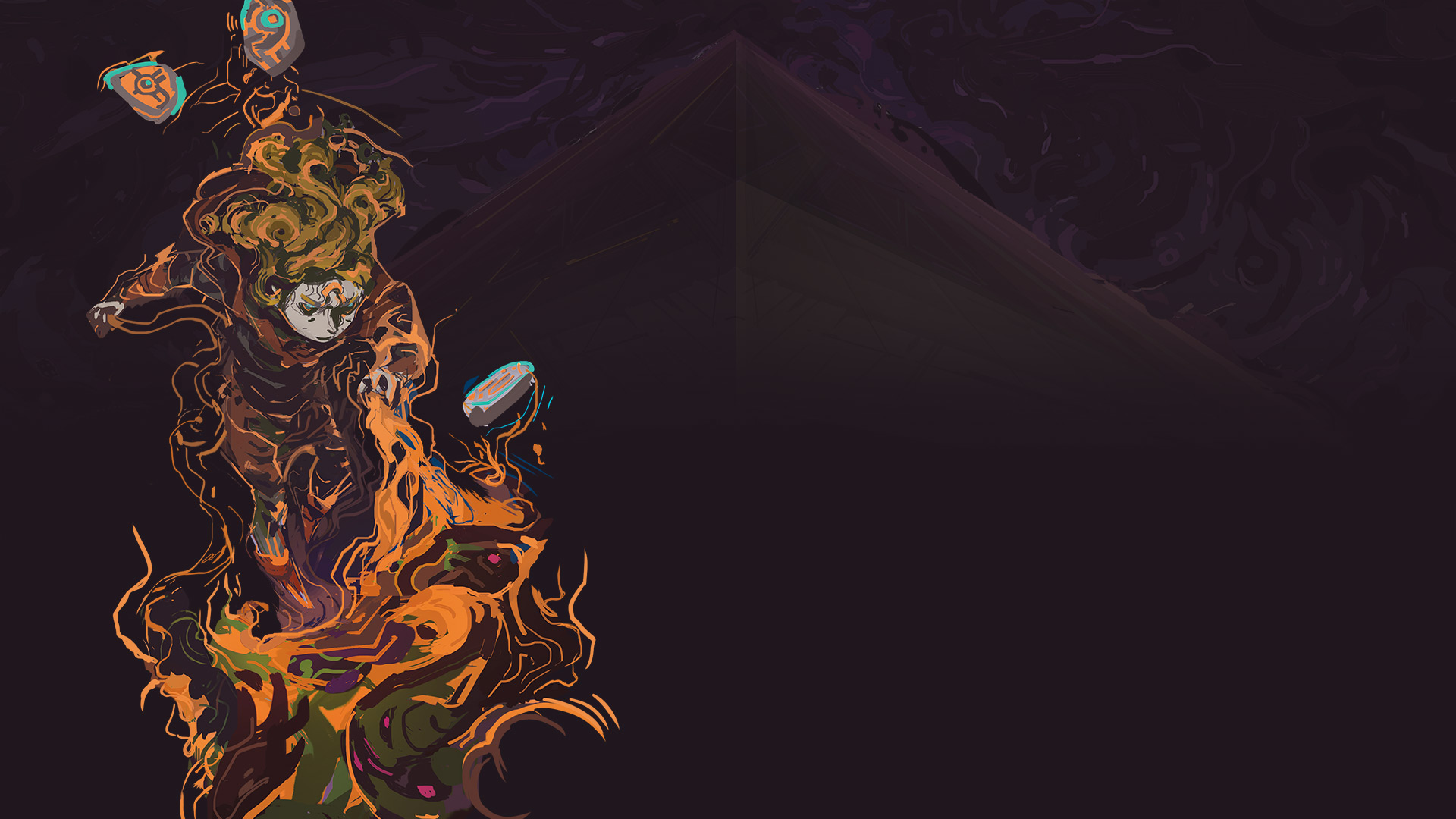
it really doesn't matter but they have names and it caused me some troubles to track. It’s a game that requires a lot of work for rare rewards, but when those rewards are eventually obtained, they are more than worth the effort.The other solutions are fine but I was having trouble with them not naming the souvenirs we were looking for. Beyond those is a wealth of spells and charms, both temporary and permanent, which add a huge depth - possibly too much - to the game.Ĭhildren of Morta is a tricky game, one in which everything orbits around the concept of combat and how it can be approached in a multitude of ways. These apply across all members of the family, allowing them to be introduced without having to play too much catch-up. The most basic upgrades, paid for with the abundant currency gathered on each run, include buffs to strength and health. Linda, a skilled archer, tackles two goblin bosses at the end of the second dungeon.īut it’s the power-ups - which are enormous in scope and number - that really mix things up. The different characters make for genuinely different approaches to the play, and force a depth of tactics that adds welcome variety. Linda, John’s eldest daughter, wields a mean bow and arrow whilst his son Kevin is another close-range fighter who can let daggers fly with viscous combos. Once other members of the family start joining the action, however, things get more interesting and less punishing, if not exactly easy.

Maybe I missed the fact that there were exactly eight main areas in the game, but I worried that my persistent failure to even get past the first of these was a sign of the struggle to come. My main complaint, initially, was that it wasn’t quite clear how slowly or quickly I was making progress. Children of Morta is constantly finding ways in which to integrate the plot into the gameplay, and the fact that it manages to do so amongst so much randomness is to be admired.Ĭhapter selection, upgrades, and plot development all centre on the Bergson family home, a gorgeously rendered location. Others contain merchants, a handful of small side quests, or simply serve to advance the plot. Some of these are mini games which produce upgrades as rewards. It helps that many special rooms crop up randomly. The bosses which conclude each dungeon require new strategies and can abruptly end a long run.Įach dungeon is procedurally-generated, but the resulting maps are interesting and varied. As a result, combat is highly tactical and players can choose to approach the task from several different angles. There’s a good amount of variety to deal with here: some enemies stun, other don’t some have ranged attacks, some spawn others to assist in their battle.
#CHILDREN OF MORTA LUCY SERIES#
The main action occurs in a series of dungeons, each consisting of a small number of floors, teeming with hostile actors. I recently feared I might be getting tired of the pixel-art style, but when it’s done as well as it is here, it’s impossible not to appreciate. The scene is set with a tutorial taking you through the basic moves, and it’s here that the simply stunning artwork, animation, and audio accompaniments are introduced. John’s shield adds vital protection but it can’t hold off a horde of enemies forever.


This plot device provides much of the variety throughout, but it also introduces a choice of playable characters which is key to the game’s success. Focusing primarily on combat, Children of Morta sets itself up with an immense challenge, and then throws everything it possibly can at fulfilling it playing it, you’re expected to do much the same.Ĭhildren of Morta centres on the Bergson family and their combined efforts to conquer a malevolent force threatening their way of life.

#CHILDREN OF MORTA LUCY HOW TO#
The biggest challenge a procedurally-generated roguelike faces is engagement, how to keep the player from tiring of repeated playthroughs.


 0 kommentar(er)
0 kommentar(er)
